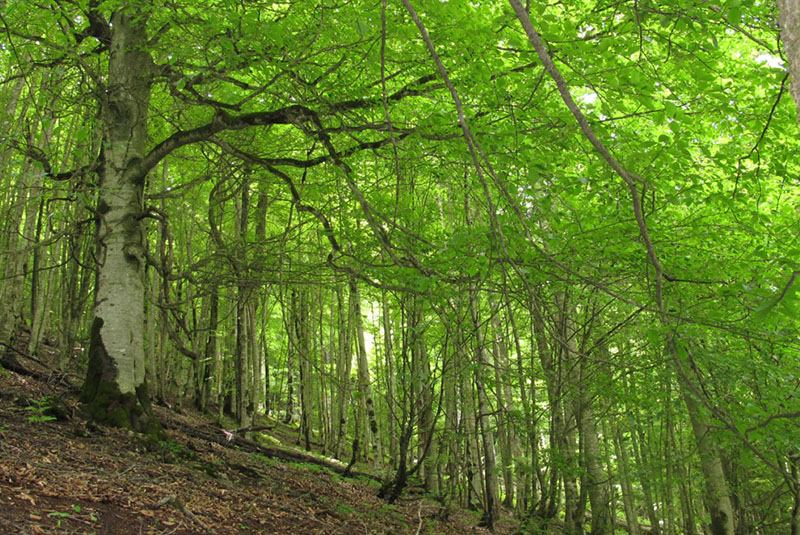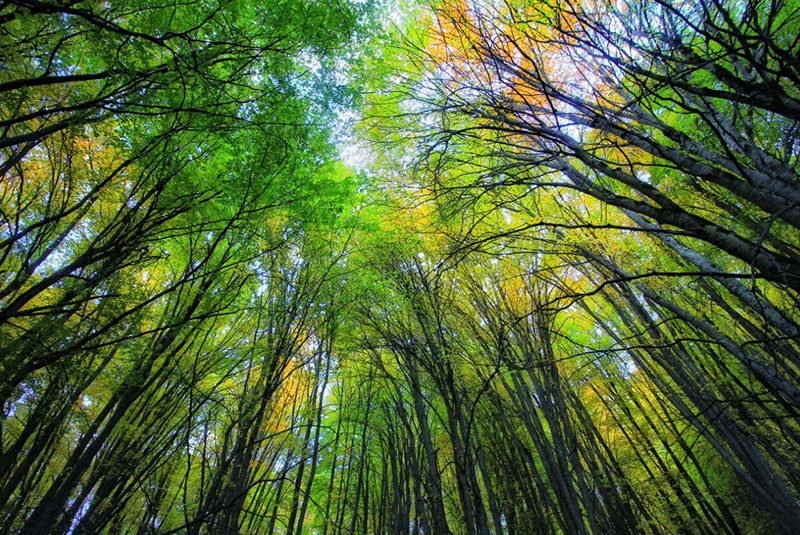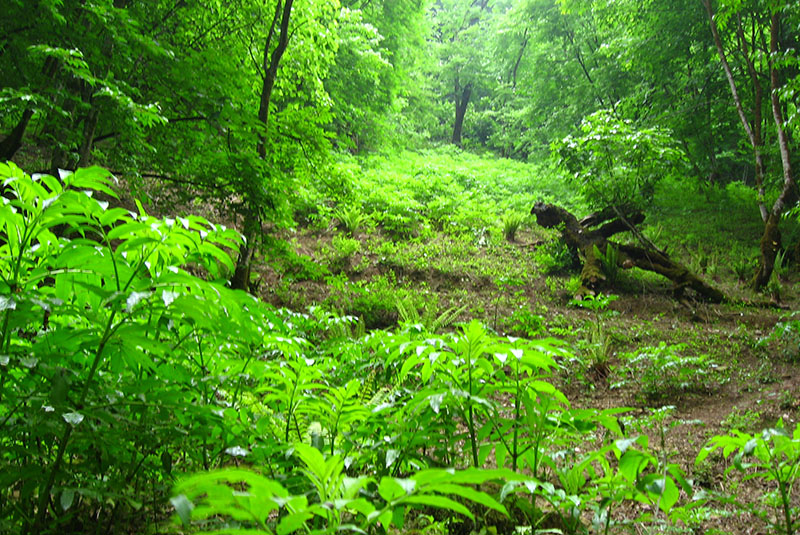UNESCO Inscribes Hyrcanian Forest as a World Heritage Site
The United Nations Educational, Scientific and Cultural Organization (UNESCO) has added Iran’s ancient northern Hyrcanian Forests to its list of World Heritage Sites during its morning session, the World Heritage Committee, meeting in Baku on 10 July.
The United Nations Educational, Scientific and Cultural Organization (UNESCO) has added Iran’s ancient northern Hyrcanian Forests to its list of World Heritage Sites during its morning session, the World Heritage Committee, meeting in Baku on 10 July. The World Heritage Committee, charged with selecting the UNESCO-recognized sites, made the decision on Friday during its 43rd annual meeting underway in the Azerbaijani capital of Baku. In its Friday statement announcing the decision, UNESCO said the forests have “remarkable floristic biodiversity.” The region is also known to be hosting a wide variety of animal species — including 296 bird and 98 mammal species — and some 150 plant species.
Taking part in the event, Acting Secretary General of Iran’s National Commission for UNESCO Hojatollah Ayoubi said that the Iranian proposal for such a pick had won a majority of the Committee’s votes. Ayoubi also offered congratulations on UNESCO’s vote to Iranians, specifically those residing in the country’s Northern provinces, which are home to the Hyrcanian woodlands.

About Hyrcanian Forests
Hyrcanian Forests stretches 850 kilometers along the southern coast of the Caspian Sea. These forests extend from east to west, cover parts of five provinces of Iran, including North Khorasan Province, Golestan Province, Mazandaran Province, Gilan Province, and Ardabil Province. The total area of Hyrcanian Forests has decreased from 3.6 million hectares in early of the current century to 1.9 million hectares. 1.85 million hectares of that is located in Iran. According to the historical evidence, the history of these broad-leaved forests dates back to 25 to 50 million years. These ancient forest areas retreated during the Quaternary glaciations and then expanded again as the climate became milder. Their floristic biodiversity is remarkable: 44% of the vascular plants known in Iran are found in the Hyrcanian region, which only covers 7% of the country. Studies show that there are three climatic regions in Hyrcanian forests, including Humid subtropical (in middle altitude areas), Oceanic, and Humid continental (in the mountains). The density of the forest, gradient, distance to the Caspian Sea are the factors that affect the climate of the forests. Generally speaking, the forests’ soils are productive and rich in minerals and organic matters.

Fauna and Flora of the Hyrcanian Forests
Regarding the fauna of the Hyrcanian Forests, here is the list of species living in these forests:
• Caucasus leopard (Panthera pardus ciscaucasica)
• Lynx (Lynx lynx)
• Brown bear (Ursus arctos)
• Wild boar (Sus scrofa)
• Wolf (Canis lupus)
• Golden jackal (Canis aureus)
• Jungle cat (Felis chaus)
• Badger (Meles meles)
• Otter (Lutra lutra)

Some outstanding birds also can be found here, such as:
• greylag goose (Anser anser)
• white-fronted goose (Anser albifrons)
• Little bustard (Tetrax tetrax)
• glossy ibis (Plegadis falcinellus)
• Eurasian spoonbill (Platalea leucorodia)
• night heron (Nycticorax nycticorax)
• red-breasted goose (Branta ruficollis)
• peregrine falcon (Falco peregrinus)
• Dalmatian pelican (Pelecanus crispus)
• Western cattle egret (Bubulcus ibis)
• squacco heron (Ardeola ralloides)
• greater flamingo (Phoenicopterus roseus)
• white-headed duck (Oxyura leucocephala)
• Caspian snowcock (Tetraogallus caspius)
To name the flora of the Hyrcanian Forests, we need to divide the forests to different areas:
The lower slopes of Talysh and Alborz Mountains below 700 meters:
• Chestnut-leaved Oak
• European Hornbeam (Carpinus betulus)
• Persian Ironwood (Parrotia persica), which is endemic to the Talysh Mountains and northern Iran
• Caucasian Zelkova (Zelkova carpinifolia)
• Persian Silk Tree (Albizia julibrissin)
• Date-plum (Diospyros lotus)
• shrubs holly (Ilex hyrcana)
• Ruscus hyrcanus
• Danaë racemosa
• Atropa pallidiflora
At the middle elevations between 700 and 1,500 meters:
• Oriental Beech
• Chestnut-leaved Oak
• Caucasian Oak (Quercus macranthera)
• European Hornbeam (Carpinus betulus)
• Oriental Hornbeam (C. orientalis)
• Sweet Chestnut (Castanea sativa)
Upper mountains and subalpine zones:
• Caucasian Oak
• Oriental Hornbeam
• Alpine tundra
• Caspian Locust (Gleditsia caspica)
• Velvet Maple (Acer velutinum)
• Cappadocian Maple (Acer cappadocicum)
• European Ash (Fraxinus excelsior)
• Wych Elm (Ulmus glabra)
• Wild Cherry (Prunus avium)
• Wild Service Tree (Sorbus torminalis)
• Lime tree (Tilia platyphyllos)



Comment
Leave a Comment